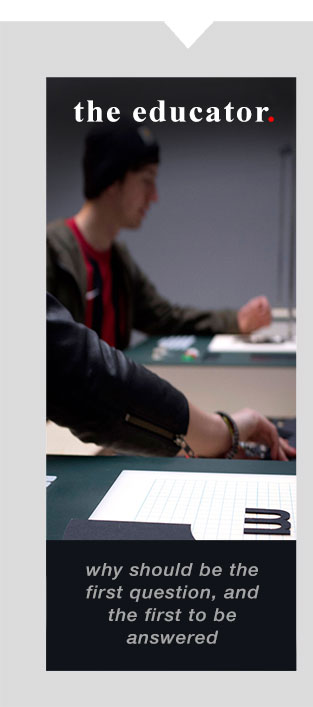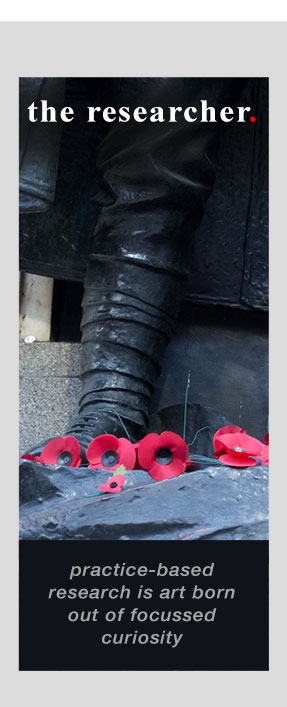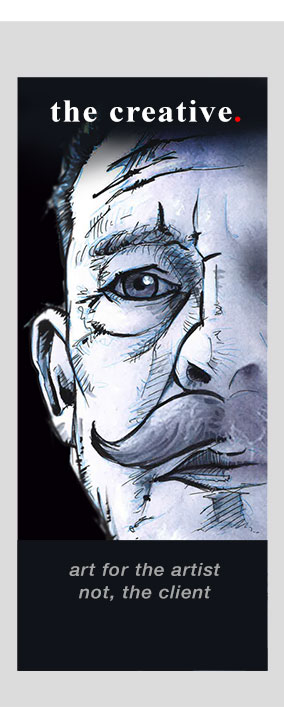

![]()
“practice-based research is art born out of focussed curiosity”
My research aims to offer a critical position on the portrayal of the ordinary British Soldier, the Tommy, by Charles Sargent Jagger after the First World War; and to assess this work against contemporary portrayals of the British Soldier (1914-1918) both visually and in literature. To investigate Jagger’s service during the First World War, the operations he was involved in and written testimony that may offer critical insights into the experience for the artist. And so, offer a discourse, through my own practice, into the portrayal of the British soldier of today.
Whilst undertaking visual research into cultural artefacts I reviewed the Royal Artillery Memorial (Jagger and Pearson 1925), and was struck by the possible multilayering of Jagger’s intentions, figures in the round that could be decoded as a worthy memorial to fallen comrades, or family, ‘by placing the body of a recumbent soldier as near to the spectator as possible’ (Moriarty 2004, p.302); and offer signifiers to the masculinity and endurance of the ‘Tommy’. As Major McGregor Knox MC, a former artillery officer writes ‘what human flesh did, and can, endure…it is the memorial our fallen comrades would have wanted’ (Black 2003, p.172). As an infantryman, I myself served in Afghanistan, an experience that I had seen directly affect my own creative output, and so a hypothesis began to form, the effect Jagger’s own experiences had upon his subsequent artistic output.

This investigation proposes that whilst the focus of previous research has been on Jagger the artist relatively little in-depth research has been undertaken into Jagger the soldier. The work of Moriarty, Black, or Compton, for example, all offer insights into his service, but hold their focus on the art. If we take the portrayal of the British Soldier (1914-1918) by such artists as C. R. W. Nevinson, for example, the work is exemplary, but the portrayal is that of the spectator, rather than the participant. Judith Butler talks about the notion of masculinity as a performance, a ritual and masquerade (Berger, Wallis and Watson 1995 p.3), is not Nevinson such, the hospital orderly rather than the hyper-masculine seeker of combat as a supporter of Filippo Tommaso Marinetti's manifesto on Futurism (1913) would suggest? Jagger participated in some of the heaviest fighting of the war, his MC (Military Cross) testimony to this, not that bravery should be a possible connotation of his postwar work, or for that matter pointers to his, or anyone’s, loyalties to the nation-state and its mechanisms of control. ‘Why is it that governments so often seek to regulate and control who will be publicly grievable and who will not?’ (Butler 2009 p.39) Siegfried Sassoon also a holder of the MC and the author of the ‘Soldier’s Declaration’ of 1917 is a testament to this. It is the notion of Jagger being a ‘participant’ that is at the root of the central hypothesis of this critical investigation, the assertion that this makes his portrayal of the Tommy unique, and asks the question is it not partly a portrayal of himself? A portrayal of masculinity of he, and others, who believed that the war had been worth fighting; a fact overlooked by many recent theorists on masculinity studies.
The research will focus on the 20-year period of 1914 to 1934, broken into two timeframes, as the soldier, 1914 to 1918 and then as the artist, 1918 to 1934.
For the first period, the First World War, it is my intention not only to focus research on the part that Jagger played but also the broader picture; for example, his involvement in Battle of Neuve Eglise, Western Front, April 1918. From the letters which he wrote, having done ‘some nifty work with the Lewis [gun]…sending some Fritz to Fritz Valhalla’ (Black 2004, p.156), to the regimental records and his citation for the award of the MC. And for context Gustave Goes’s (1935) insights on the assault on Jagger’s position, ‘many English were captured, and some of them were shot by the Bavarians in fury.’ All during a period of deep anxiety for the BEF (British Expeditionary Force), as Field Marshal Sir Douglas Haig acknowledges on 11 April; ‘With our backs to the wall and believing in the justice of our cause, each one of us must fight on to the end’ (Stevenson 2004, p.412).
In the second timeframe, 1918 to 1934, my focus will be his portrayal of the British soldier, how the work was commissioned and undertaken. Sir George Frampton’s help calling upon war memorial committees throughout the land to give a hearing to a talented new generation of ‘soldier-sculptors’, which Jagger was later to acknowledge; ‘I owe my fresh start to Sir George Frampton who was kindness itself to returning ex-servicemen’ (Black 2012, p.28). The portrayal of ex-comrades in his work, such as Soldier on Defence for the West Kirby war memorial (1922) modelled on Private Edwards, who had served with Jagger (Black 2004, p.156). And the literature he found to have merit, Manning, ‘those who came through [combat] achieve a lasting sense of liberation and self-knowledge’, which as Black (2003) states must have struck a chord with Jagger as a copy of the book, annotated by the artist, was found in his studio after his death. The character of the man is itself a hypothesis, for although he served as a temporary officer ‘he remained proud of his more or less working-class background’ (Compton 2016). And lastly the possible influence of major economic and political events of this period, the depression of 1933, Mussolini’s rise to power in 1922, and Hitler’s in 1933; indeed, when his wife recounts one of the last conversations they had before his death in 1934, ‘I remember him saying if war came again, should we all be fools and go again? Of course, we should’ (Black 2003, p.181)., is he talking about the past or the possible future? ‘The allied armies handed their peoples and politicians a decisive victory in the war, and the latter then proceeded to make a muck of the peace’ (Barnett 1998 pp.70-71).
No research into the post-war memorial work of Jagger can be undertaken without including contextual research into visual and literary constructions of the British TOMMY 1914-1918. From early popular perceptions of the TOMMY Atkins created by Rudyard Kipling (1888), the ‘gentleman’, a fair fighter who played by the rules, to the good-natured victim, and then the increasingly compromised figure after the widely-reported successes of Dominion forces. By 1915, and possibly after the death of his son John, even Kipling was deeply uneasy about the apparent martial shortcomings of the English soldiers, in 1915 he wrote of soldiers from the Dominions, Australians who had struck him as ‘the most vindictive haters in the Empire’ (Black 2004, p.151). And he was not alone in his observations as the war progressed, take Montague (1918, p.152) ‘Battalions of colourless, stunted, half-toothless lads from hot humid Lancashire mills,’ to more recent constructions of this now derisory figure, ‘the working-class man and the shell-shocked retuning soldier, deemed in much of contemporary literature as lacking masculine qualities’ (Koureas 2007, p.1). But this is a contestable view; Barnett (2011) puts forth the tendency of seeing the experiences of the ordinary British soldier predominantly through the writings of ex-public school temporary officers, in fact he takes such writers as Robert Graves and Siegfried Sassoon to task for not placing more emphasis on the fact that the men they commanded were ‘killers as well as victims.’ As Patrick MacGill (1916), a rare working-class novelist who had served writes, ‘we, the villa dwellers, who have become cave dwellers and make battle with club and knobkerrie.’ Some such as Gibbs (1920, p.450) went further and predicted that the experiences of the First World War on the returning British soldiers would ‘unleash the primitive barbarism normally overlaid by civilised restraints.’ Against this matrix of perceptions of the Tommy it is the task of this research to seek to identify the Tommy which Jagger sought to signify in his work, because as Jagger himself said: ‘experience in the trenches persuaded me of the necessity for frankness and truth’ (Compton 1985, p.23).
‘Memorials can be seen as attempts at closure and imposition, like the sharp report of a field gun, and the ringing silence that follows it’ (Sider and Smith 1997, p.7). The memorial is an artefact that is transient in nature, allowing for changing cultural, or social, interpretations. The strength of the original message diminishing, to be replaced with new connotations. And so, whilst for context it is wise to explore widely research on First World War memorials one must concentrate on the historiography of the United Kingdom, and work within that which pertains to the period 1914 – 1934; to as Barnett states analyse the British national character, the historical influences which had served to mould it, the character, the key to all action, all judgement (1972 p.3). As Collingwood argues reconstruct history through the re-enactment of these historical persons, an approach he described as ‘historicism’ (Dussen 2012).
In my introduction, I touched on my own service in Afghanistan and it is here I return to offer the final phase of this research project, the application of the stylistic tropes and methods of Jagger to critique the portrayal of the modern British Soldier. For when Mosse offers a discourse on the nationalistic connotations of memorials, ‘the memory of war was refashioned into a sacred experience… putting at its disposal ever-present saints and martyrs.’ (1994, p.7) he is referring to a post First World War Germany, and yet he could be discussing the emerging national mysticism surrounding the portrayal of the modern Tommy within British society, that which White refers to as the ‘pornography of grief’ (2009). The final hypothesis is that although a hundred years and more separates them, the modern Tommy is not so distant from his forebears; ‘the infantryman always bears the brunt; his casualties are heavier, he suffers greater extremes of discomfort and fatigue than the other [combat] arms’ (Field Marshal Earl Wavell 1945).

 |
 |
 |
 |
 |
|||||||
 |
 |
 |
 |
 |
 |
||
|
|||||||
